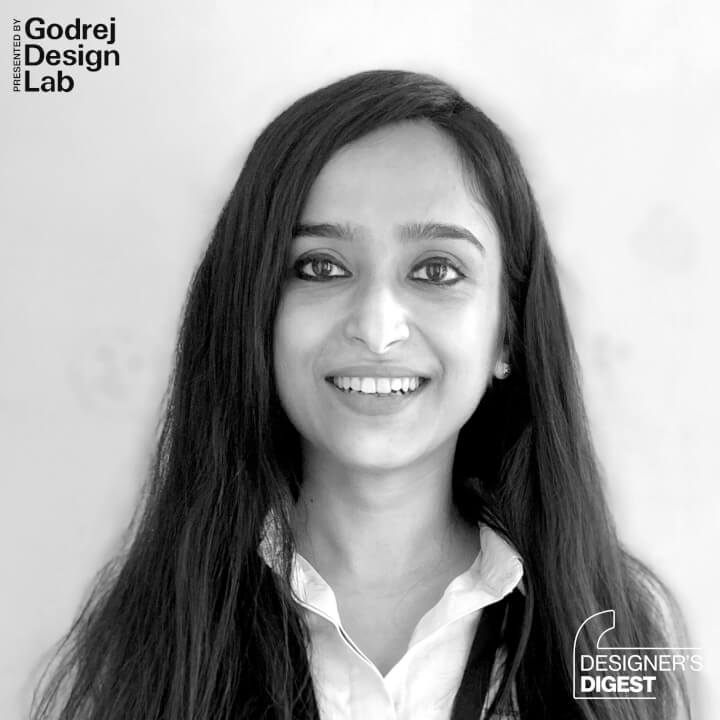EP 270 . 23 May 23
Designing spaces
With Kamini Rao
In the episode
- Let’s start with what kind of work you exactly do.
- What are exhibition design and set design? What is the kind of brief you get? Which are the entities involved in any exhibition and while making a set; from a designer’s point of view?
- How does a space for an exhibition come to be? What are the steps involved in it? If you can explain with and example?
- How do you decide when to use a fake and when to get an original for a particular theme?
- How and from where do ideas come from since each theme will be different? From where do you seek inspiration? People involved in the exhibition, theme, objective of the project, or anything else?
- How much of overlap does architecture, interior design, industrial and furniture design have while designing an exhibition or making a set? Again if any example to explain?
- In design, we call the best design to be invisible design. How much of it holds true in spatial design?
- Can you share the most fun and exciting project you did and a few nuances of it? Maybe a little bit about the Doll Project or any of your miniature spaces?
- I have been to film sets and other productions. Usually, what’s in the frame is clean while outside the frame it’s usually messy. Why? How does your designer in you make peace with it?
- What’s the future of space design, exhibitions, and real spaces where the world is moving towards a meta-verse?
About Kamini Rao
Kamini Rao has built giant cakes, designed cozy mountain homes and boozy retro diners, created fake airplanes, and architected a house for a doll. Although her work is deeply rooted in architecture and interior design, we will be talking about space, exhibition, and set design. She is a multidisciplinary designer with a focus on collective experiences using art and architecture. She founded Studio Slip in 2018 with the aim to bring an experimental approach to interior design. At SLIP, she heads a team of architects and designers and together they design cultural spaces, museums, and exhibitions but also work in the commercial and residential realm.




